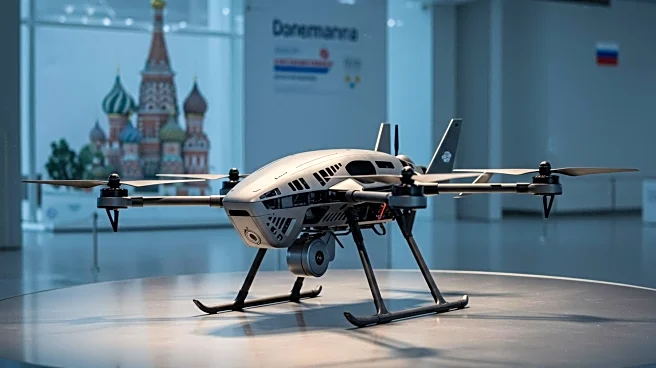What is the story about?
What's Happening?
A Western intelligence source reported that Iran's relationship with Russia has soured due to Russia's production of Shahed-136 attack drones in a new factory. The factory, located in Russia's Tatarstan region, has increased drone production, with 90% of production stages occurring locally. This development has caused tension between Tehran and Moscow, as Iran feels marginalized after supporting Russia's war effort with missiles and other assets. Analysts suggest that Russia's ability to produce drones independently may lead to exporting updated versions, potentially even to Iran itself.
Why It's Important?
The strain in Iran-Russia relations highlights the complexities of international partnerships in military technology. Iran's dissatisfaction stems from the perceived lack of reciprocity from Russia, despite its support in the war effort. This situation underscores the challenges of maintaining alliances when strategic interests diverge. The development may impact geopolitical dynamics, as Russia's increased drone production capabilities could alter its position in the global arms market. Iran's potential reliance on Russian-produced drones could shift power balances and affect regional security strategies.
What's Next?
The tension between Iran and Russia may lead to diplomatic negotiations or adjustments in their military cooperation. Iran may seek alternative partners or strategies to enhance its defense capabilities. Russia's continued drone production could result in increased exports, influencing global arms trade dynamics. Observers will watch for any changes in Iran's foreign policy or military alliances as it navigates this strained relationship.
AI Generated Content
Do you find this article useful?











